
En Kort Baggrund om Sony DSC-S75
Hvad du får: En hurtig historie om denne tidlige Cyber-shot model og dens rolle i den digitale overgang.
Udgivet i 2001, var Sony DSC-S75 en del af den banebrydende Cyber-shot serie, der viste, at digital fotografering kunne være mere end en nyhed. Med en 3.
3MP CCD-sensor og Carl Zeiss Vario-Sonnar zoomobjektiv, det tilbød film-lignende billedgengivelse i en kompakt, men robust
Den første gang du holdt et kamera som DSC-S75, føltes vægten af det robustebody og det futuristiske LCD som et glimt af frihed — digital kunne endelig erstatte film til daglig fotografering.

Nøglefunktioner der stadig betyder noget i dag
Hvad du får: Et nærmere kig på, hvad der gør dette kamera fra begyndelsen af 2000'erne stadig kreativt i dag.
Carl Zeiss-objektiv med lysåbning
f/2-åbningen på Vario-Sonnar zoomobjektivet lader masser af lys ind, hvilket giver skarphed og lav dybdeskarphed, som sjældent ses i budget point-and-shoots fra den tid.
Signatur CCD-sensorlook
Den 3,3 MP CCD-sensor konkurrerer ikke med moderne opløsninger, men den leverer farvemætning og glød, som digitale kunstnere elsker at reproducere.
Filfleksibilitet
Muligheden for at tage billeder i både JPEG og TIFF overrasker stadig mange i dag. TIFF-filer giver dig et fleksibelt grundlag for digitale eksperimenter.

Hvorfor bruge Sony DSC-S75 i 2025?
Hvad du får: Hvorfor dette kamera stadig inspirerer både skabere og studerende.
I en verden af øjeblikkelige AI-redigeringer og højopløselige billeder, bremser DSC-S75 dig. Dette gør det til en favorit blandt studerende, der lærer om eksponering, og for kunstnere, der jagter autentisk CCD-ufuldkommenhed.
At bruge den "langsomme" DSC-S75 lærte mig tålmodighed. Hver ramme blev intentionel, hvilket tvang mig til at træde tilbage fra hurtige vaner og faktisk observere, før jeg trykkede på udløseren.

Kreative moderne anvendelsestilfælde
Hvad du får: Fire specifikke måder at bruge DSC-S75 kreativt i 2025.
Gade reportage
Den dristige mætning af CCD-sensoren får afslappede gadescener til at se filmiske ud.
Eksperimentelle Portrætter
De unikke renderingsegenskaber ved Zeiss-objektivet giver portrætter en usædvanlig tonalitet, som er umulig at efterligne autentisk.
Glitch &og Lo-fi Video
Ja, det optager lo-fi video — perfekt til glitch kunst eksperimenter og mixed-media collager.
Rejse Dokumentation
Rejse dagbøger får en nostalgisk, tidligt 2000'ers visuel signatur, når de er optaget med dette kamera.
Guide til køb af brugt DSC-S75
Hvad du får: Hvordan man vurderer en brugt DSC-S75 før køb.
Nøglekontroller før køb
- ✅ Test objektivzoom glat
- ✅ Bekræft LCD-belysning
- ✅ Inspicer hukommelseskortslot
- ✅ Køb frisk NP-FM50 batteri
- ✅ Tjek for støv, tåge eller skimmel i optikken

Hurtig beslutning
- Vælg, hvis du ønsker autentiske CCD-farver med retrofølelse.
- Undgå, hvis du har brug for hurtig autofokus og øjeblikkelig deling.
- Studerende drager fordel af dens enkle manuelle tilstande.
- Kunstnere elsker dens ufuldkommenheder som et æstetisk værktøj.
Fordele
- Unik CCD farvegengivelse
- Kvalitets Carl Zeiss glas
- Overkommelige priser på brugte varer
- Holdbar, taktil design
Ulemper
- Begrænset opløsning til store udskrifter
- Lille hukommelseskortkapacitet
- Langsom behandling, autofokus forsinkelser
- Aldrende LCD-skærme kan være svage
Tilbehør og opsætningstips
Hvad du får: Praktisk tilbehør, der udvider anvendeligheden af din DSC-S75 i 2025.
Par din kamera med NP-FM50 genopladelige batterier og invester i en moderne oplader. Hav flere Sony Memory Sticks ved hånden og køb en kompatibel USB-læser.Tak til et 52 mm filtergevind kan du eksperimentere med farvefiltre, ND-filtre eller makroadaptere for ekstra kreativitet.

Konklusion: Den Varige Charme af DSC-S75
Hvad du får: Hvorfor Sony DSC-S75 forbliver et elsket kreativt værktøj.
Sony DSC-S75 handler måske ikke om hastighed eller specifikationer, men det omfavner langsommere fotografering med taktil glæde. Dets unikke CCD-rendering sikrer, at det forbliver relevant for kunstnere selv to årtier senere.
At genopdage langsommere teknologi som DSC-S75 er en blid påmindelse om, hvorfor vi blev forelsket i fotografering i første omgang — bevidst, intentionel, glædelig billedskabelse.
Ofte stillede spørgsmål
Er Sony DSC-S75 stadig brugbar i 2025? Ja — med udskiftningsbatterier, originale Memory Sticks og grundlæggende pleje fungerer kameraet godt og leverer unikke resultater.
Hvilken type hukommelseskort bruger Sony DSC-S75? Det bruger det originale store lilla Sony Memory Stick (op til 128MB). Læsere og kort er stadig tilgængelige brugt.
Hvem bør overveje at købe en brugt DSC-S75? Bedst for studerende, eksperimenterende fotografer, kunstnere og skabere, der søger et autentisk retrolook.
Kan DSC-S75 producere høj kvalitet prints? Med sin 3,3MP CCD er den velegnet til små prints (op til A4) og digital brug, og tilbyder levende tonaliteter, der er ideelle til web- og kreative projekter.
Bring retro charme til din fotografi
Køb brugte Sony DSC-S75 kameraer nu på




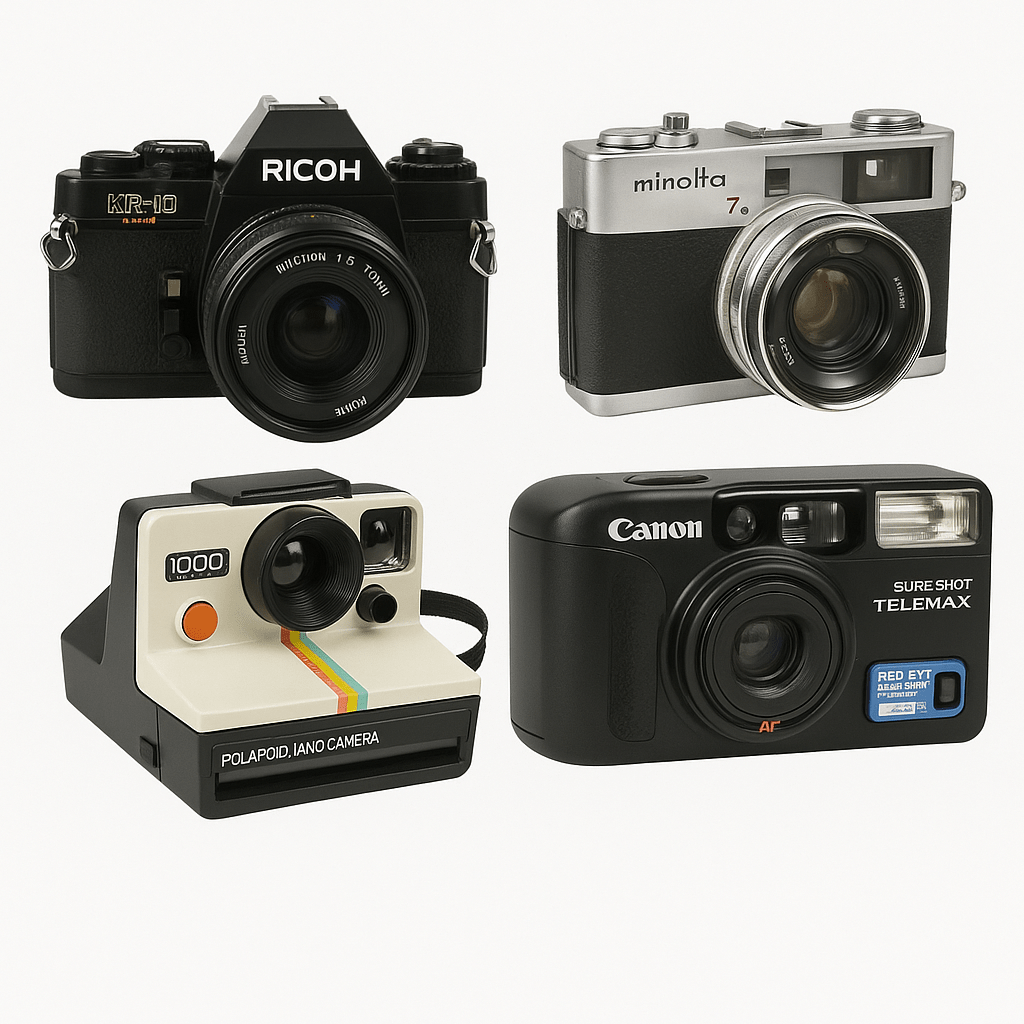
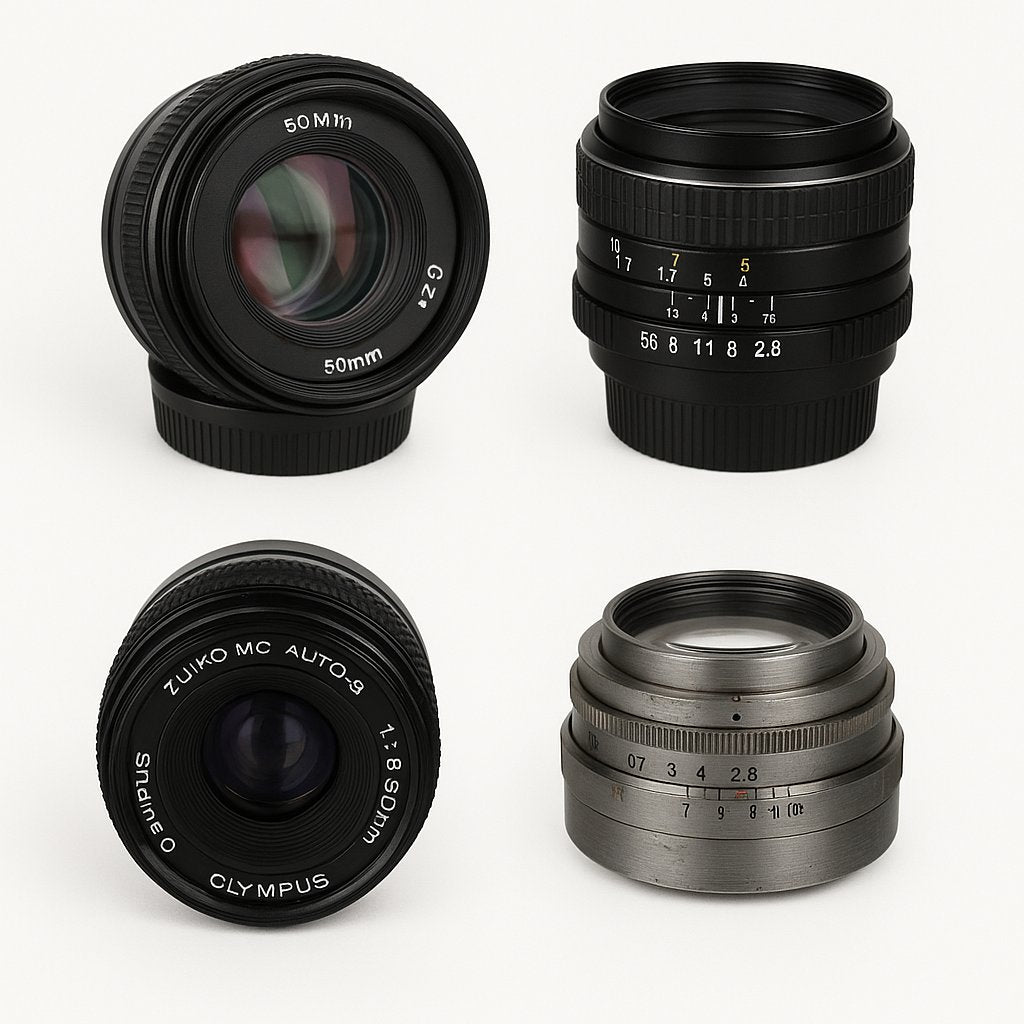
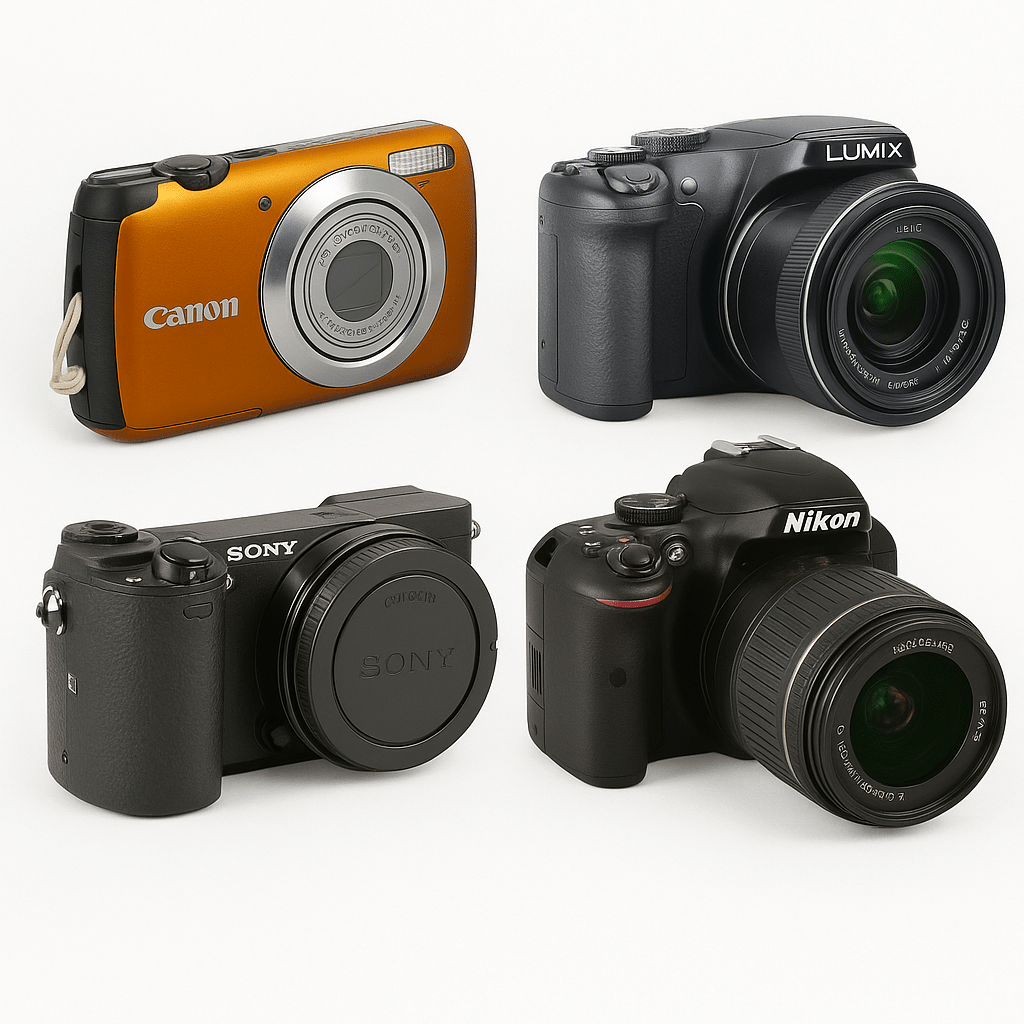
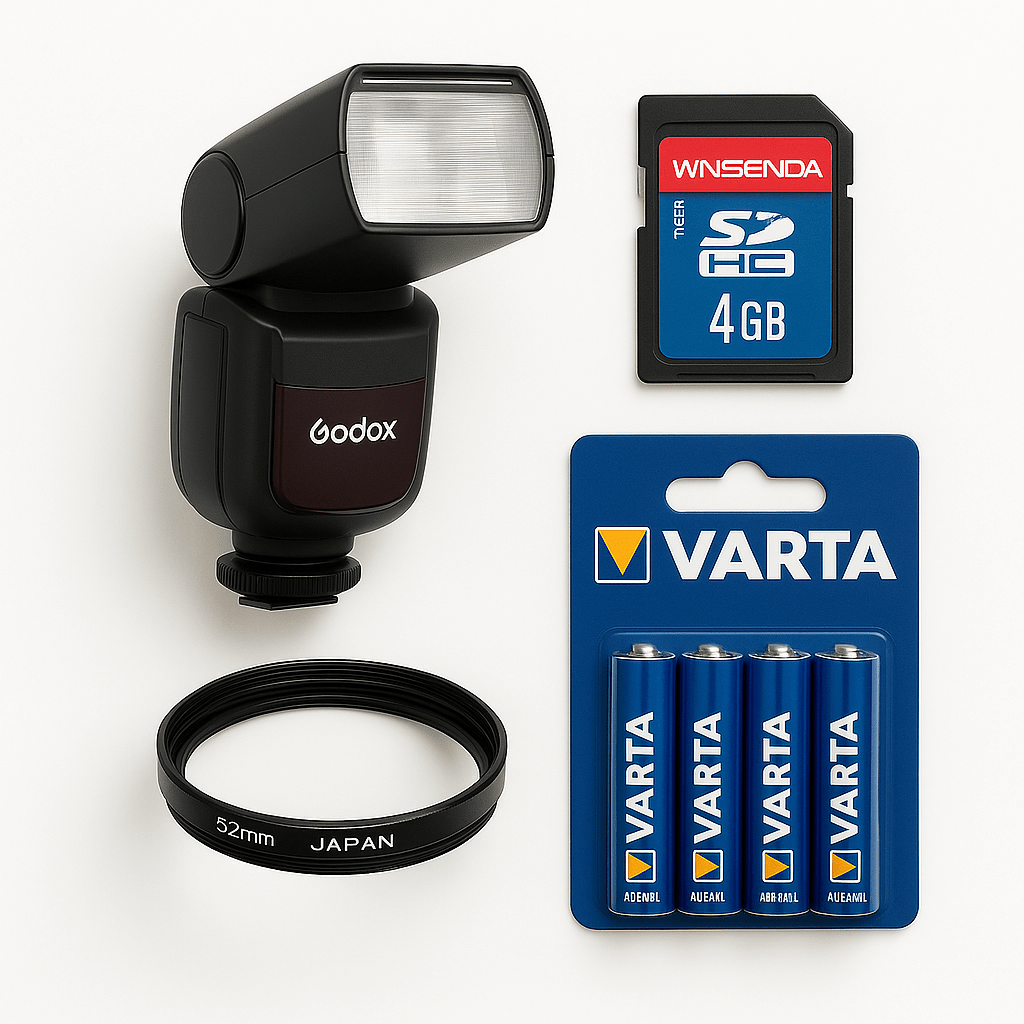
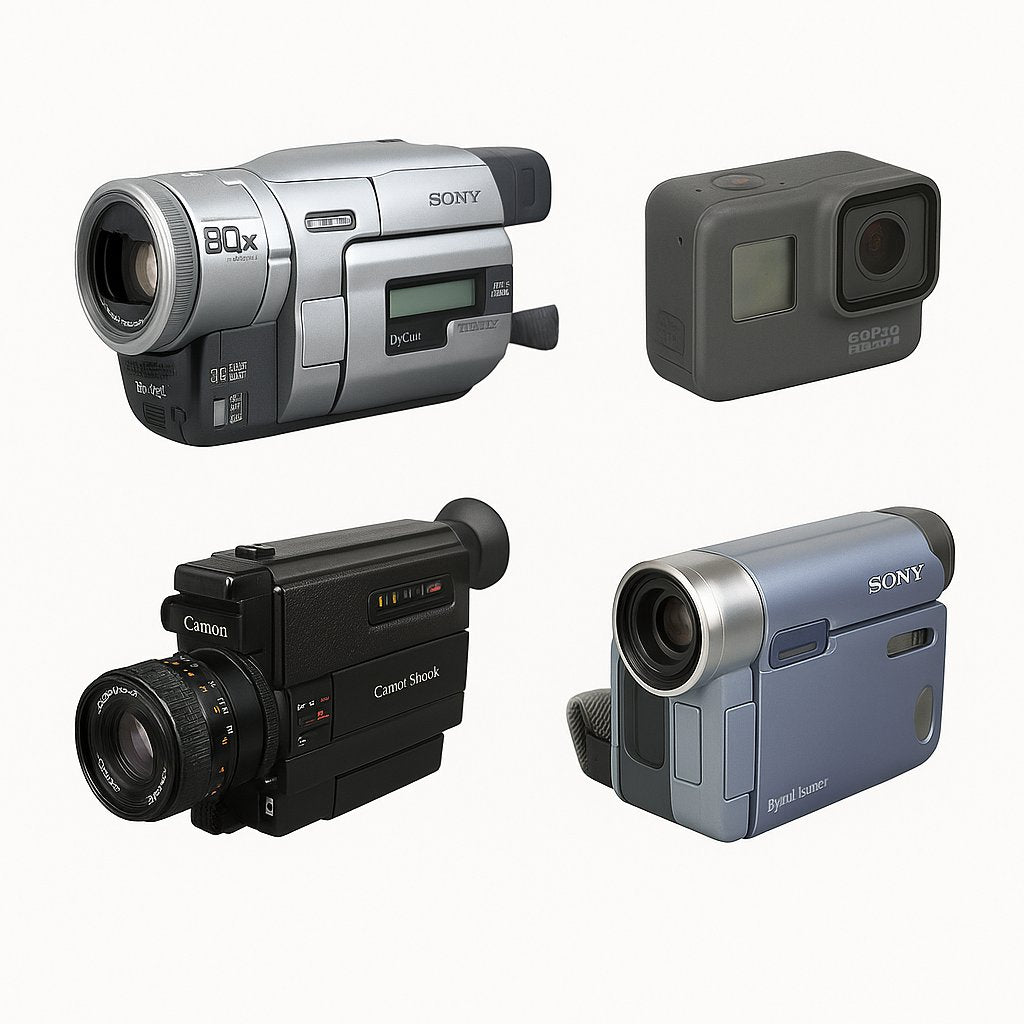
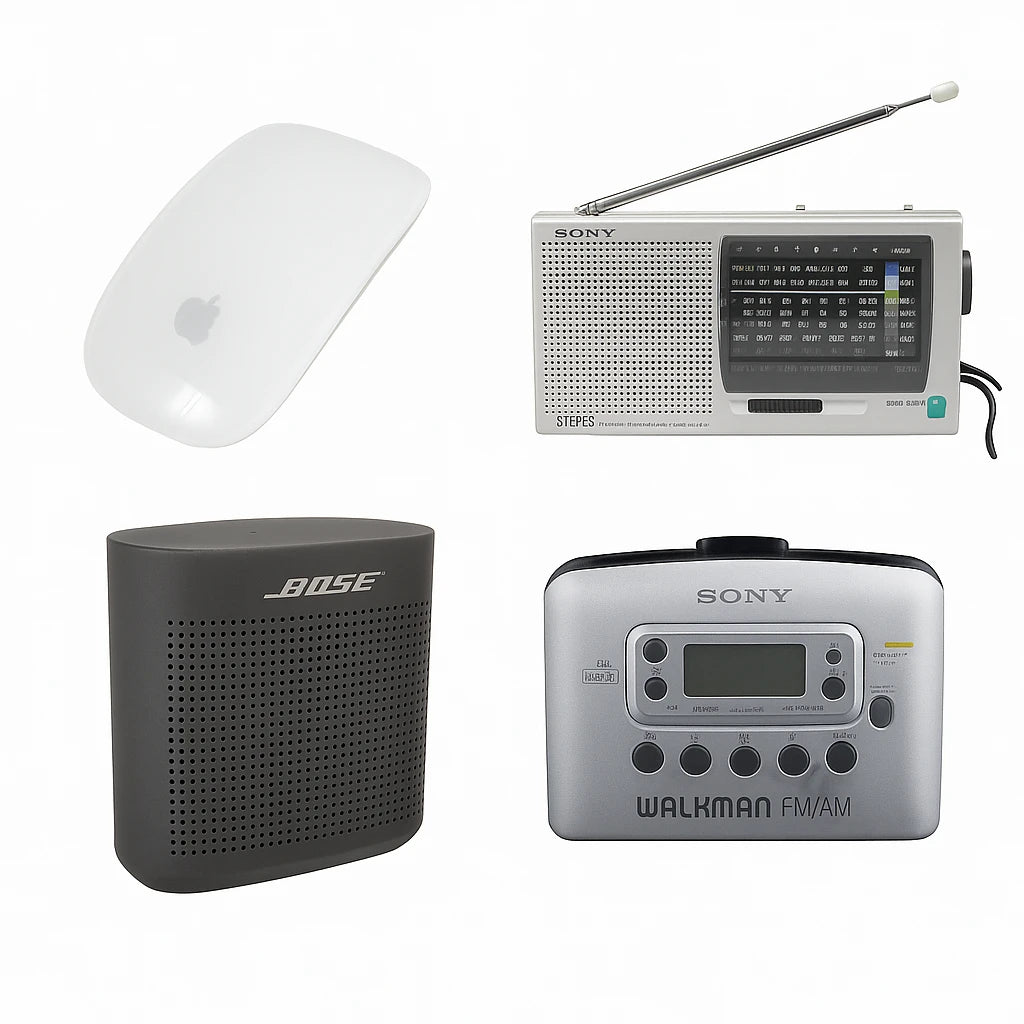
0 kommentarer